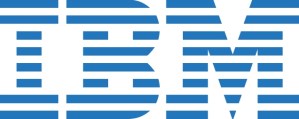 IBM has agreed to acquire data specialist Netezza Corp. for $1.78 billion, as reported by The Wall Street Journal.
IBM has agreed to acquire data specialist Netezza Corp. for $1.78 billion, as reported by The Wall Street Journal.
The acquisition marks IBM’s expansion into the analytics business. IBM said it has invested more than $12 billion in its analytics business in the past four years, and employs 6,000 analytics consultants. IBM said the deal will boost its analytics business, which helps companies reduce the time and cost of analyzing business information. This follows a string of acquisitions that have been made around data analytics over the past couple years.
IBM said in an official statement, “Netezza strongly complements our business analytics capabilities and client base. Together, we have the opportunity to quickly leverage the technology and accelerate the offering.”
IBM and Netezza have worked together for years, building systems that analyze large quantities of data for customers such as Amazon.com and a variety of government agencies. Globally, Netezza has more than 350 clients; the company has about 500 employees.
Netezza has benefited from trends such as the rapidly growing volume of data, the increasing strategic importance of data analysis and the tighter integration between data warehousing and transactional systems.
Netezza holders will receive $27 a share under the deal, a 9.8-percent premium to Friday’s closing price.
The deal, expected to close in the fourth quarter, comes as Netezza’s stock has more than doubled this year and has jumped from $15 at the end of August amid the 3PAR bidding war. The $1.78 billion price excludes cash on Netezza’s books.


